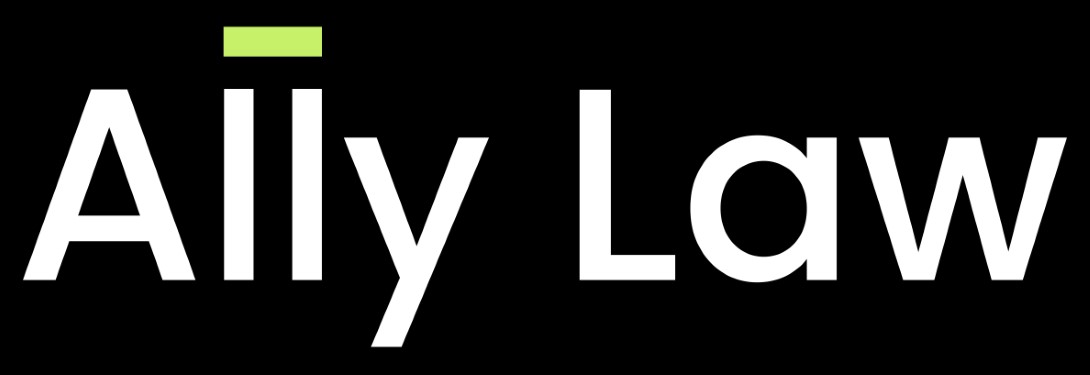By Stephanie Lai
Hong Kong, 1 April 2025: The current legal landscape in Hong Kong establishes a carefully balanced approach to heat-related compensation claims, providing meaningful worker protection while maintaining reasonable boundaries on employer liability.
Two recent judgements – in Wong Yun Wa v Surplus Link Limited [2024] HKDC 1145 and Yu Kwok Wa v China Telecom Global Ltd [2023] 1 HKLRD 1043 – together provide sophisticated guidance for developing legally compliant workplace policies and effective claims management strategies. Employers and insurers are advised to take note.
Legal framework Under the Employees’ Compensation Ordinance
The legal treatment of heat stroke claims under the Employees’ Compensation Ordinance (Cap. 282) requires careful examination of both statutory provisions and evolving judicial interpretation. Section 5(1) establishes employer liability for personal injury caused by accident arising out of and in the course of employment, creating a strict liability framework for qualifying incidents. Notably, while heat stroke is absent from the prescribed occupational diseases listed in the Second Schedule, the ordinance’s broad language permits compensation where claimants can demonstrate that the condition resulted from identifiable workplace accidents.
Recent jurisprudence, particularly the District Court’s decision in Wong Yun Wa, has systematically clarified the essential elements for establishing liability under this framework. The court reaffirmed the necessity of proving three distinct components: first, the occurrence of a qualifying “accident” as classically defined in Fenton v J Thorley & Co, Limited [1903] AC 443; second, that such accident demonstrably arose from the employment context; and third, medically-established causation between the alleged accident and resulting injury. This tripartite test is indicative of the judiciary’s careful balancing act in safeguarding the interests of workers while circumventing the undue expansion of employer liability.
Judicial Interpretation of Compensable Accidents
The Court of Appeal’s landmark decision in Yu Kwok Wa – in whichBoase Cohen & Collins represented the successful party – significantly developed the jurisprudence surrounding compensable accidents. Building upon Lord Hope’s authoritative formulation in Chief Adjudication Officer v Faulds [2000] 1 WLR 1035, the court articulated several foundational principles that continue to guide subsequent rulings. The judgment established that the injury itself cannot constitute the accident for compensation purposes, requiring instead identification of a distinct causative incident external to the medical condition. Furthermore, routine work activities undertaken within normal parameters – such as the standard kitchen operations examined in Wong Yun Wa – generally fail to qualify as accidents under the ordinance.
This legal framework creates particular evidentiary challenges for heat-related claims, where symptoms frequently develop cumulatively rather than stemming from distinct workplace events. The Wong Yun Wa decision suggests judicial willingness to recognise only acute thermal incidents – such as collapse during documented extreme heat exposure under unsafe conditions – as potentially satisfying the statutory accident requirement. This interpretation maintains meaningful protection for workers while preventing excessive liability expansion for gradual-onset conditions.
Evidentiary Standards and Medical Causation Requirements
The Wong Yun Wa judgment adopted rigorous evidentiary standards originally articulated in Chiu Kwai Yuk v Ascent Exhibition Design [2022] HKDC 59, establishing demanding requirements for medical evidence in compensation claims. The court emphasised that medical opinions must be supported by credible scientific studies directly relevant to the specific injury mechanism alleged. Mere statistical association between general work conditions and broad categories of medical conditions was deemed insufficient to establish legal causation under the ordinance.
The decision provides particularly instructive analysis regarding common evidentiary shortcomings in such cases. The court critically examined attempts to rely on ischemic stroke studies when advancing claims for hemorrhagic stroke, highlighting the importance of condition-specific medical research. Similarly, the judgment rejected unsupported extrapolations from ambient temperature studies to specialised workplace environments like commercial kitchens. Most fundamentally, the court reinforced the crucial distinction between clinical association and legal causation, requiring plaintiffs to demonstrate that workplace conditions more probably than not caused the specific injury claimed.
Employer Liability and Negligence Standards
Beyond the strict liability framework of the Employees’ Compensation Ordinance, employers remain potentially exposed to common law negligence actions under the general duty provisions of the Occupational Safety and Health Ordinance (Cap. 509). This parallel liability regime requires employers to ensure workplace safety “so far as reasonably practicable”, creating obligations that may exceed the minimum standards of the compensation system. While the Labour Department’s Guidance Notes on Prevention of Heat Stroke at Work lack statutory force, the Wong Yun Wa decision demonstrates their persuasive value as benchmarks for assessing reasonable care in negligence actions.
The court’s analysis placed particular emphasis on several critical aspects of employer responsibility. Comprehensive documentation of environmental controls, including temperature regulation systems and ventilation infrastructure, proved instrumental in defending against negligence allegations. Similarly, the implementation of scientifically-grounded work-rest schedules tailored to actual working conditions received judicial endorsement. The provision of adequate hydration facilities and cooling infrastructure, coupled with verifiable employee training programmes, emerged as additional components of a legally defensible heat stress management regime.
Practical Implications for Workplace Risk Management
The evolving jurisprudence suggests several prudent practices for employers seeking to mitigate legal exposure while protecting workforce health. Comprehensive heat stress prevention programmes should incorporate regular risk assessments that account for multiple environmental factors including temperature, humidity, and workload intensity. The three-tier Heat Stress at Work Warning system developed by the Labour Department provides a scientifically-validated framework for implementing protective measures proportionate to actual risk levels.
Meticulous record-keeping practices assume particular importance in this context, as demonstrated by the evidentiary value accorded to documentation in recent decisions. Systematic monitoring and recording of workplace conditions, coupled with detailed logs of safety protocol implementation, create essential evidence for potential claims defence. Medical surveillance programmes for high-risk positions serve dual purposes of protecting vulnerable workers while establishing baseline health data that may prove critical in distinguishing occupational from pre-existing conditions.
Insurance and Claims Management Considerations
For insurers operating in the Hong Kong market, these decisions highlight several critical operational considerations. Policy wording requires careful drafting to accurately reflect judicial interpretations of key terms such as “accident” and “arising out of employment”, ensuring alignment between coverage language and evolving legal standards. The rigorous medical causation requirements established in Wong Yun Wa necessitate thorough expert review during claims assessment, with particular attention to the scientific validity of supporting evidence.
The jurisprudence also reveals opportunities for innovative product development in this specialised coverage area. Insurers may consider incorporating premium incentives for policyholders who implement court-endorsed prevention measures, thereby aligning risk management with claims reduction. The integration of occupational health consultation services into coverage packages represents another potential avenue for adding value while promoting workplace safety standards that benefit both insurers and policyholders.
Conclusion
The rulings in Wong Yun Wa and Yu Kwok Wa reflect the Judiciary’s nuanced approach to reconciling occupational health imperatives with the practical realities of business operations in challenging environmental conditions.
For both employers and insurers, the emerging standards underscore the importance of proactive, evidence-based heat stress management programmes grounded in current medical understanding and tailored to specific workplace conditions. The decisions collectively represent a significant development in Hong Kong’s occupational health jurisprudence, offering clarity on complex issues at the intersection of employment law, medical science, and compensation systems.
As climate-related health challenges continue to evolve, this body of jurisprudence provides a robust framework for addressing heat stroke liability while accommodating future developments in both medical understanding and workplace practices.
Stephanie Lai is a Partner with BC&C. She focuses primarily on Insurance & Personal Injury work but has experience across a broad spectrum of practice areas including commercial matters, employment, criminal law, debt recovery and wills and probate. She can be contacted at StephanieLai@boasecohencollins.com.
Trainee Solicitor Leann Au contributed to this article.



